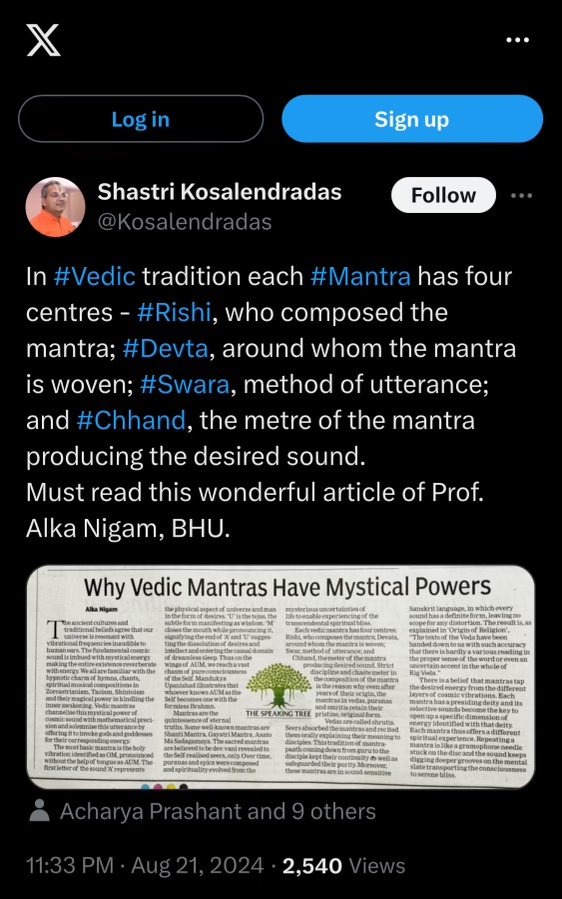Banaras appears as Kashi in Skand Puran entitled Kashi Khand. It is glorified in golden words as despite being a piece of earth it is not associated with it, despite being tied with all the limits of world it liberates from all the bonds. Since the times of Puranas Kashi is venerated in history as the land of rishis, culture, knowledge, science, and the highest degree of piousness. The sacred character of its mythic thread does not separate its glory from impacting the everyday human reality. Legendary Kashi’s fame is based on history and connected with real time-line. The West acknowledged its greatness more with curiosity in mesmerizing way rather than really comprehending its real nature.
The flow of its excellence through centuries though, has been heavily turbulent and all -round consequences dented the frame and colour of one-time perfect holy Kashi. Still whereas the other great ancient civilizations have either disappeared or almost ruined, our Kashi has remained vibrant as one of the oldest living cities on this globe. Shiva and Ganga ,the divine combination of the two is the secret of the magic that is Kashi. The iconic landmarks are still present inviting us to imagine their ancient magnificence. The 3rd century’s Dashashwamedh ghat, created by Brahma to welcome Shiva in Kashi, is on the banks of Ganges. The glory of Vishwanth temple can be fathomed by the legendary belief that east – flowing Ganges before going further becomes uttarvahini to touch the feet of Shiva. Kashi had to see bad days during periods of the invasions of foreigners. The sluggish flow of culture yet carried on the kaleidoscopic glorious shows on these ghats. On the stairs of these ghats Kabir was accepted by Swami Ramananda as a disciple and uneducated Kabir by his couplets paved a new direction in the unity of fighting religious sects. On these ghats was written the greater part of the epic Ramcharitmanas. The two great mystics of Kashi-Tailang swami and Shyama Charan Lahiri, a householder saint, met on these ghats. Mahaprabhu Vallabhacharya entered the waters near Hanuman Ghat.
A unique culture taking myriad forms has sprung from these ghats thronged by people since millenia.
Interestingly the charm of ghats is intensified unfolding the darker side of life. It is said that fire from the pyres on Manikarnika never extinguishes and the legend that Shiva here invokes the Tarak mantra in the ears of the dying person for his liberation is still believed. Another strange centuries-old-continuing tradition is the dance of the nautch girls throughout the night amidst blazing pyres at Manikarnika crematorium. This stoic gusto for life is a mysterious gift from the Divine to Kashi for which Life-in-Death is no different from Death-in-Life. Both coalesce in a perfect blend of living spirituality.
My personal shocking experience of this city-of-opposites began in seventies. The filthy, over-crowded, a cacophony of smells, noise and images, maddening chaos, this religious small town was rightly branded backward. But gradually Kashi entrapped me in its snare as Banarasi. The serene experience of sitting on the quiet ghats watching the flowing Ganga, the cool breeze playing with its waves, waves playing with the glowing flickering earthern diyas, on the chariot of wind floating tinkling of bells from the near-by temples, the quiet darshan of Shiva, the throwing of deity’s garland by Panditji and its coming right in my neck-is etched in my memories. The narrow Vishwanath gali overflowing with abundance could have competed with meenabazar of Akbar. And the chatwala asking sweetly whether to mix more chatni was enough to spoil any customer. It was a different quaint world of lazy Banaras. The new Vishwanath Corridor is spectacular, its entry from Lalita ghat is breathtaking, roads are wider, cleaner , lighted. It is modern in multistoryed buildings with lifts. But somewhere in the heat of development its winsome charm has evaporated. The unruly, screaming roads, crawling jampacked vehicles are irritating. Once the famous Banarasi galiyan doing business of crores were hubs of banarasi culture, now forlorn. Sarnath that has delightfully captured the serenity is violently disturbed by the blasting Birha in the neighborhood. The malaise is the marathon loving town failed to cope with the fast speed of the need-of-the-times-modernity. It is huffing for air, space, a little tranquility.
Romance of overjoyed tourists for two days with this city is just perfect. They get blessings of Shiva, the savoury Nita Ambani-fame chat crisp Banarasi kachodi and sweets, attend the stylish Ganga arti and of course shopping. After all who leaves without Banarasi saree. The mortal wishes satisfied, ashes will come behind to complete the one-life-circle. Government is happy with revenue and satisfied that it has offered LOK and PARLOK in one go. Only we, the banarasis, under house-arrest reminisce Bismillah Khan, Girija Devi, Channulal Mishra, Pt Jasraj, Birju Maharaj performing and aesthetes sitting on the stairs of ghat spellbound. Banaras that reverberated with the ethereal sounds of ved-mantras, classical music, conch -shells, temple bells is now annoying with vulgar noises of DJs and loud-speakers. Brilliant pockets of Banaras are sadly neglected.
ALKA NIGAM
Former Professor of English, BHU

Leave a Reply